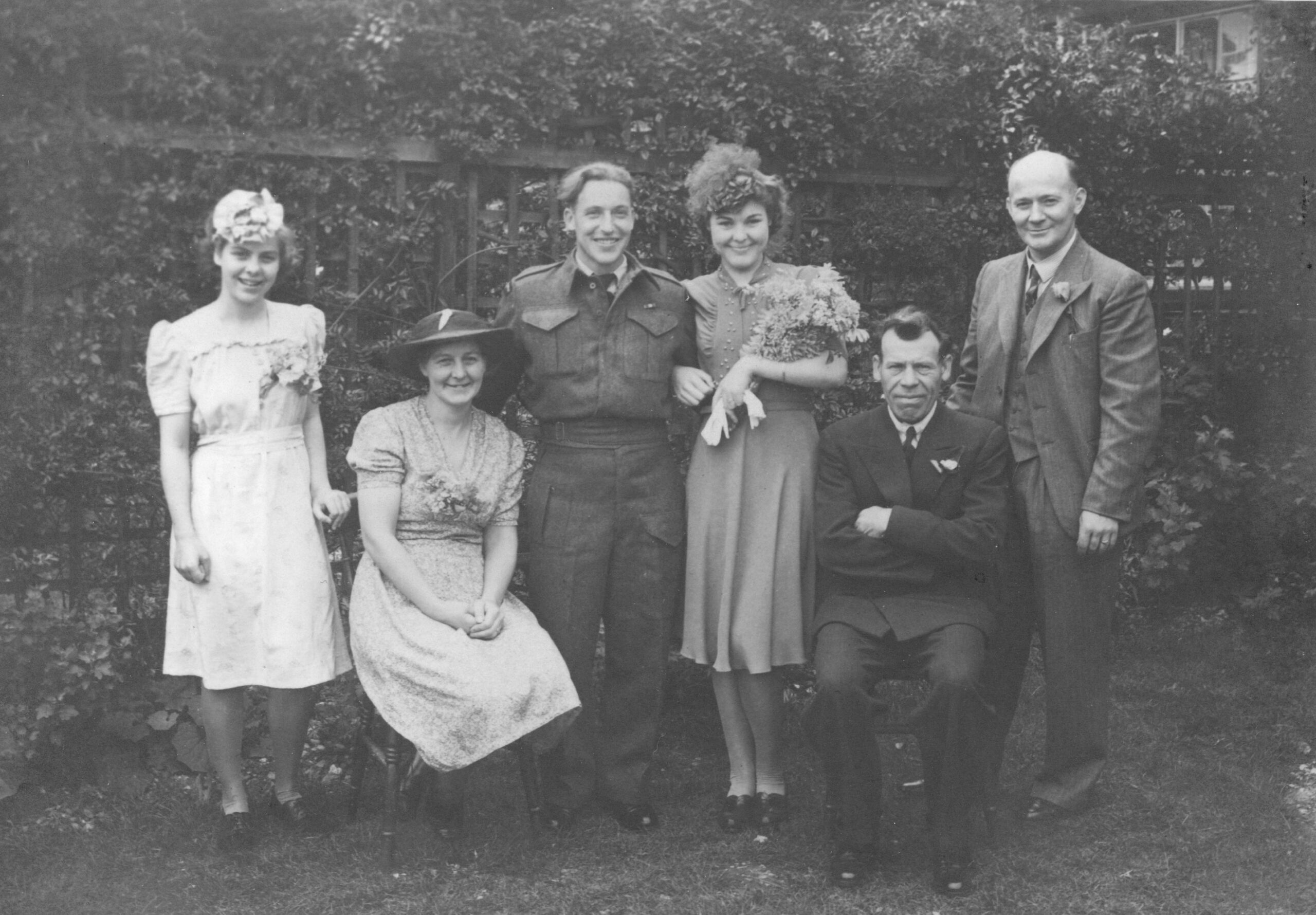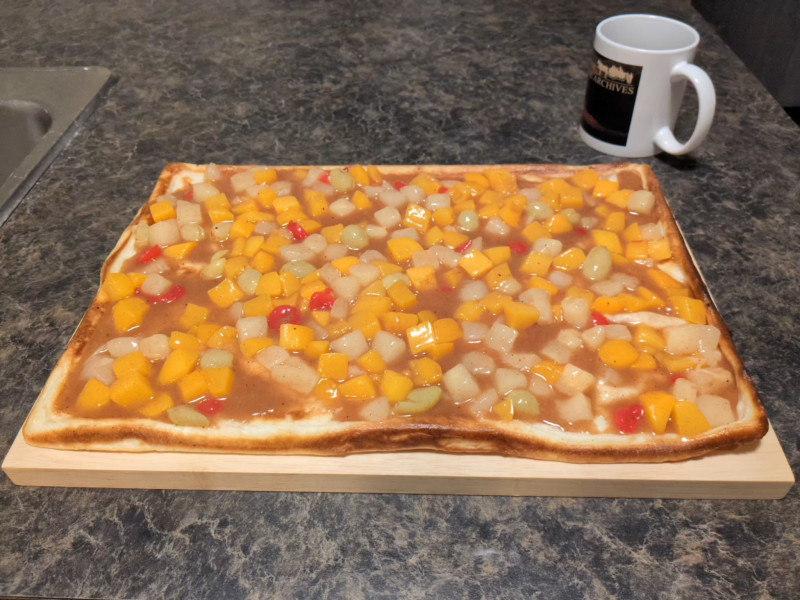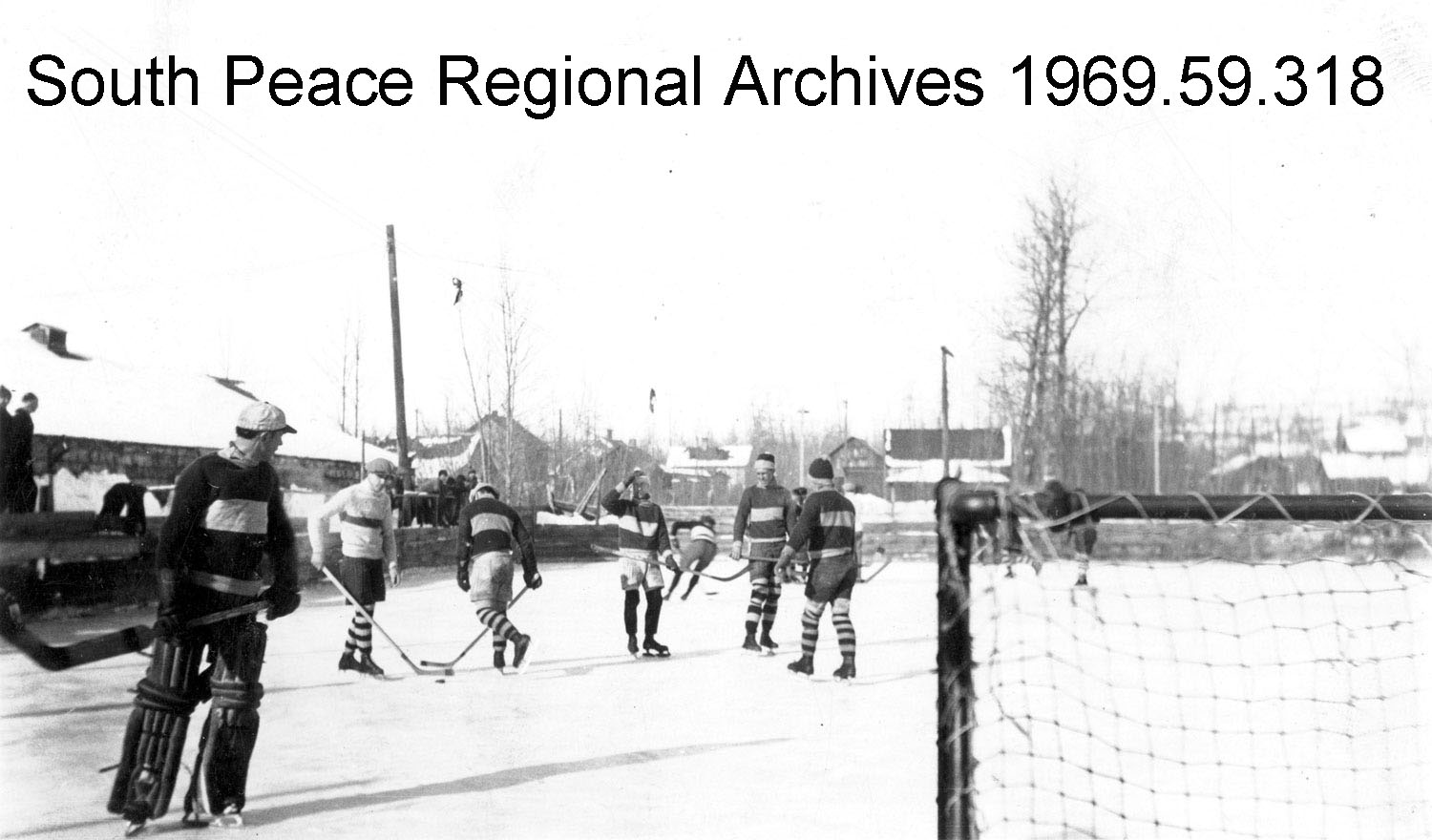Blog
- All
- Archives
- Behind the Name
- Cooking with Betty
- Country Roads
- Event
- From The Vault Friday
- Indigenous
- Movie Monday
- News
- Soldiers
- Taste of History
- Telling Our Stories
- This Week in History
- Thursday File
- Uncategorized
All
- All
- Archives
- Behind the Name
- Cooking with Betty
- Country Roads
- Event
- From The Vault Friday
- Indigenous
- Movie Monday
- News
- Soldiers
- Taste of History
- Telling Our Stories
- This Week in History
- Thursday File
- Uncategorized
Cover Girl: Violet Dryer
February 7, 2024
Above: The family group at Arnold Dryer and Violet Remnant’s wedding consisted of her sister ...
Read More
Taste of History: Finnish Pancake with Fruit Sauce
January 17, 2024
Taste of History is a new limited-run blog series exploring some of the many old-school ...
Read More
Reflecting On Sports History
January 3, 2024
sports Telling Our Stories
Image: Hockey team practicing on one of the outdoor rinks in the Bear Creek Valley, ...
Read More


